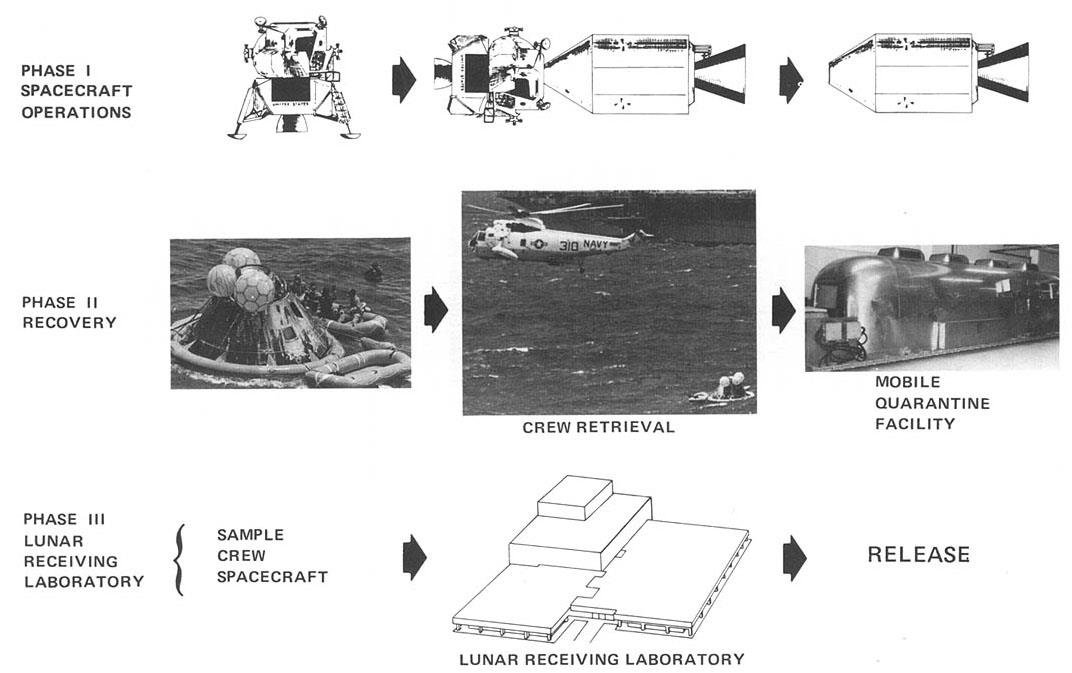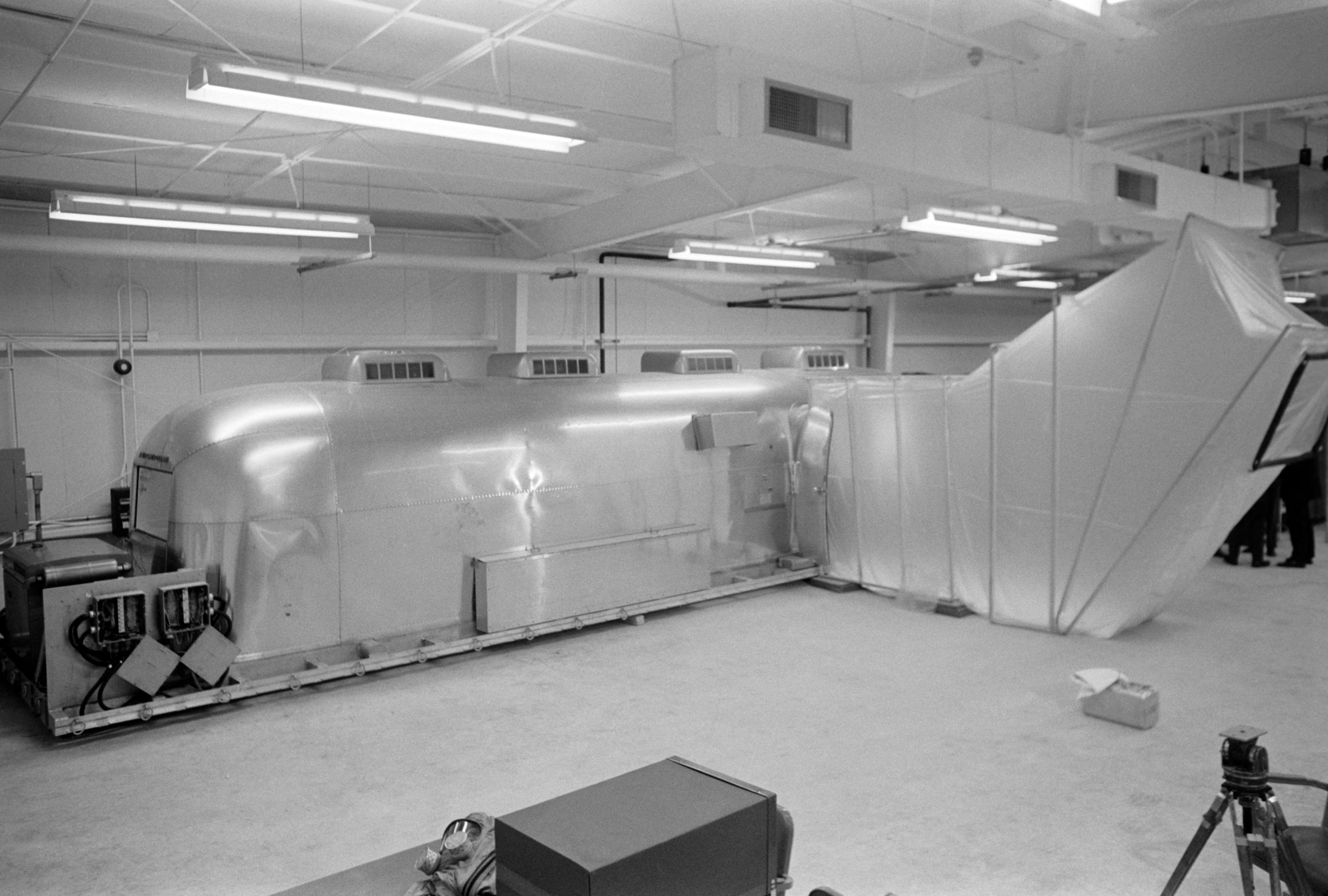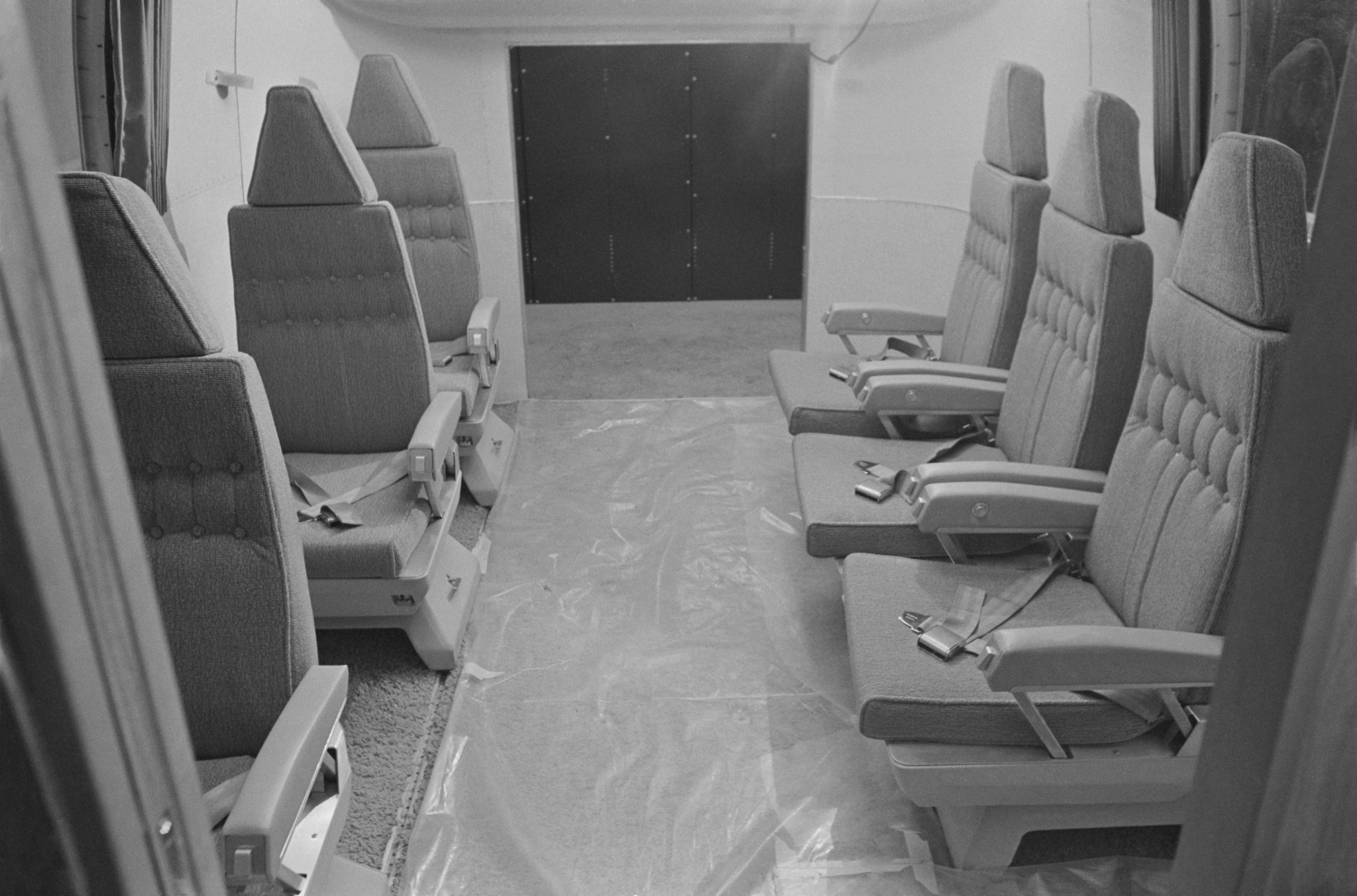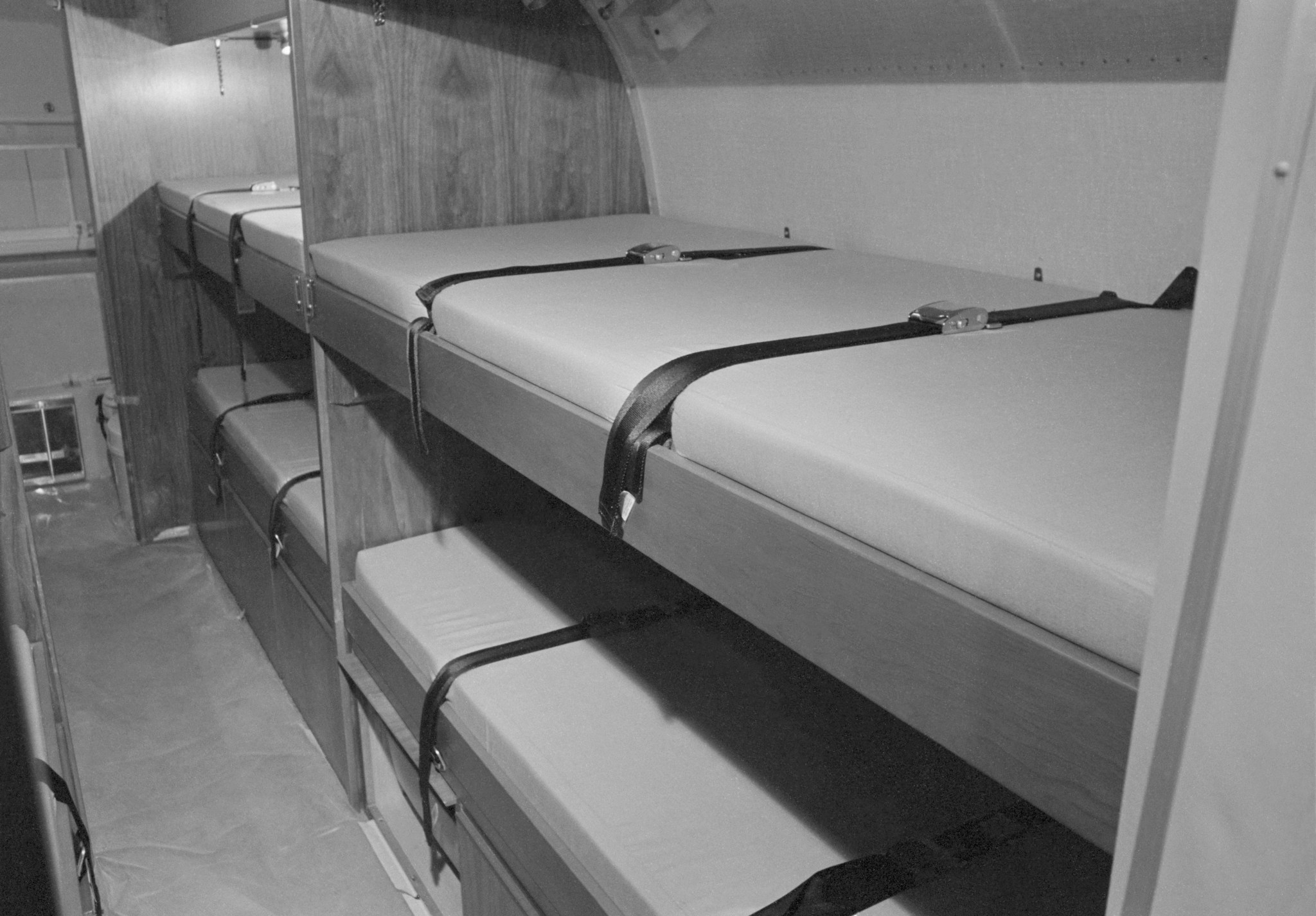50 years ago, on the way to the Moon…
On March 6, 1968, the first Mobile Quarantine Facility designated MQF-001 arrived at the Manned Spacecraft Center (MSC) in Houston for testing and evaluation. In 1964, the National Academy of Sciences recommended that NASA institute a quarantine program for astronauts and their samples returning from lunar landing missions, and the MQF was an integral part of that safety program. While the risk of back contamination of Earth with any possible lunar micro-organisms was considered remote, contemporary scientific knowledge could not rule it out. The quarantine program would also protect the lunar samples from any contamination by terrestrial organisms, allowing scientists to examine them in as pristine a condition as possible. An Interagency Committee on Back Contamination (ICBC), comprising several federal agencies involved in protecting public health was formed in 1966 to oversee the plans for contamination prevention. The ICBC and NASA reached an agreement that the MQF would transport returning crews, samples, and film from the prime recovery ship to the Lunar Receiving Laboratory (LRL) at MSC. The Landing and Recovery Division at MSC was responsible for managing the project to design and build the MQF. In June 1967, NASA awarded a contract to Melpar, Inc., of Falls Church, VA, to build four MQFs and supporting hardware, such as a collapsible tunnel that could connect the MQF to an Apollo Command Module. Melpar in turn let a subcontract to the Airstream Company of Jackson Center, OH.
Overall process for prevention of back-contamination of Earth with any possible lunar micro-organisms, showing the role of the MQF in transporting crew from the recovery ship to the LRL in Houston.
The MQF was essentially a highly-modified 35-foot Airstream trailer designed for its quarantine purposes by providing self-contained accommodations and biological isolation for six people for up to 10 days. The sealed aluminum body shell made it airtight and the ventilation system provided negative pressure for biological isolation. A decontamination airlock allowed for the transfer of samples and film to the outside for rapid return to Houston ahead of the MQF and crew. Containing a lounge, galley, sleeping quarters and bathroom, the facility was powered internally by a diesel generator and batteries and could interface with ship and aircraft power systems. A then-novel appliance for meal preparation was a microwave oven.
After the delivery of MQF-001, MSC engineers conducted several weeks of testing and evaluation resulting in several needed modifications, including added fire protection. The contractor redelivered the retrofitted unit for further testing including fit checks in a C-141 transport aircraft, sea trials aboard two US Navy vessels, a vacuum chamber run, and finally a dry run during the Apollo 9 mission aboard the USS Guadalcanal, the prime recovery ship for that flight. MQF-001 successfully passed all those tests. The remaining three units incorporating the upgrades were delivered to MSC in May and June 1969, in time to support Apollo 11 in July.
MQF-001 was assigned as the prime MQF for Apollo 13, but since that flight didn’t land on the Moon, it was never used for its intended purpose. After Apollo 14, NASA decided that quarantine of astronauts was no longer necessary as there was no evidence of any lunar micro-organisms. In the 1970’s NASA transferred MQF-001 to the US Department of Agriculture for field work, but its current whereabouts are unknown. The other three MQF’s saw service with other government agencies, and eventually ended up restored and in various museums. MQF-002 (used by the Apollo 12 crew) is at the US Space and Rocket Park outside Marshall Space Flight Center in Huntsville, AL; MQF-003 (Apollo 11) can be viewed at the Smithsonian Institute National Air and Space Museum Stephen F. Udvar-Hazy Center in Chantilly, VA; and MQF-004 (Apollo 14) resides on board the USS Hornet Sea, Air and Space Museum in Alameda, CA.
To read Oral Histories with the JSC History Office by John Hirasaki and Randy Stone who spent time in the MQF with returning Apollo astronauts, please visit































